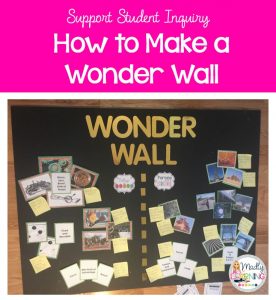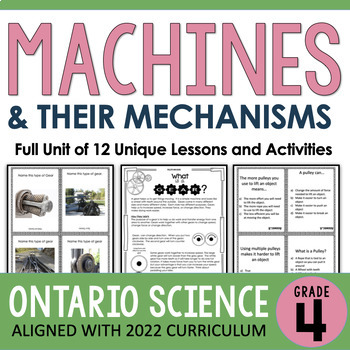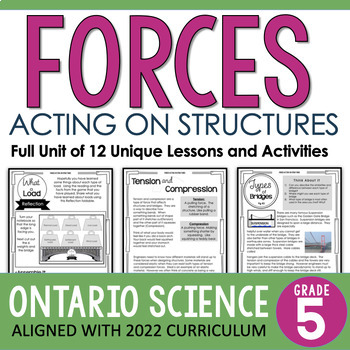 Creating a wonder wall is a great tool to use in inquiry to build a space where students can
Creating a wonder wall is a great tool to use in inquiry to build a space where students can- get students thinking
- share their learning throughout their inquiry
- keep ideas, concepts and questions visible
- interact with others
- share standards, learning goals, and assessment criteria
- Share evidence of learning
This post is part 1 in my inquiry series. To learn more about inquiry click through to see my many other posts about inquiry. If you are new to my blog, consider starting here with my post on planning for inquiry-based learning!
What’s a Wonder Wall?
Wonder wall boards are built at the beginning of a unit and are kept alive throughout student learning. These are living examples of student learning throughout the unit.
This is the beginning of your inquiry journey with your students. It is the provocation that begins your unit of study.
Wonder Walls start with a blank board and some prompts. These prompts are designed to get students thinking about a topic. The purpose is to have them:
- Activate their prior knowledge
- Look for connections between ideas
- Ask questions
- Wonder why
Present students with a mixture of artifacts, images, and words related to the topic you are studying.
Have students look, notice and wonder about what they are looking at, how they are connected and what they mean. Students can record their wonderings and ask questions. These questions will then form the basis of the learning in the unit and will guide your journey and help you develop and form a learning path going forward.
Type of Display Board

This is an example of the board that I use for my wonder wall. It is a trifold board.
 One side is for my fourth graders, and the other side is for my fifth graders.
One side is for my fourth graders, and the other side is for my fifth graders.Artifacts
I use artifacts to help provoke conversations and interest in a topic at the beginning of a unit. Artifacts can be many things
- real objects
- pictures
- words
- videos
- stories
The Role of Questions
Using a wonder wall at the beginning of an inquiry unit means that you provoke students to think about a topic. Providing them with artifacts gets them thinking.
Now, having them ask questions is the next step. If you struggle with getting your students to ask the right questions, check out my post on Asking Questions.
Students will take sticky notes and ask questions about what they see. Use these doodle notes in my free resource library to help your students keep track of what they are thinking.
As students share their background knowledge and their questions, the board is built. These questions are the driving force behind your learning.
Group their questions into themes, use them to develop learning goals and success criteria, and to find gaps in their knowledge that may require a teacher-directed lesson to fill.
Put student questions besides the artifact or picture on the wonder wall, and throughout the learning strive to answer these questions and keep track of unanswered questions.
It is through student questions that learning is constructed.
Lessons Learned
Results










